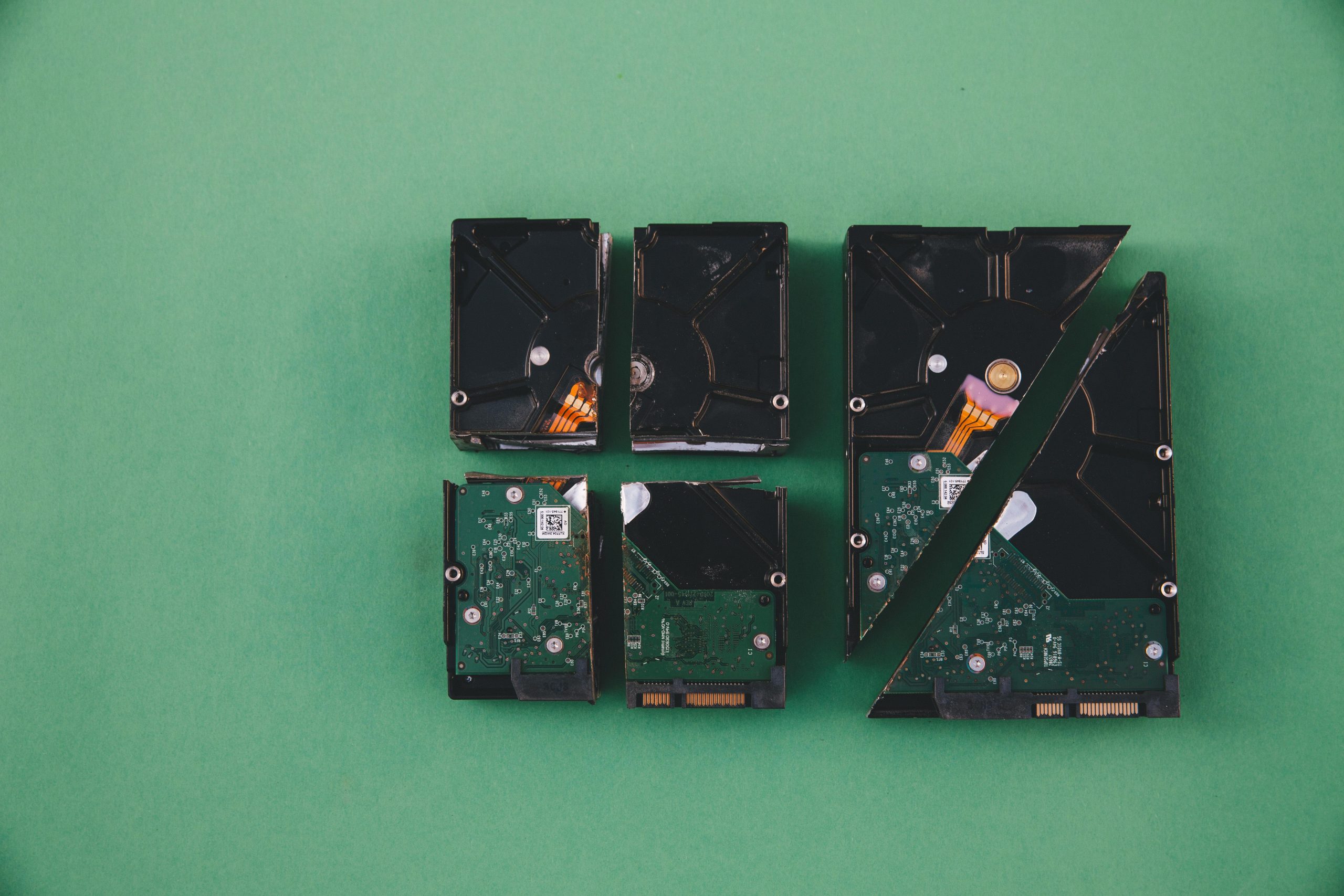Managing Disk Space Consumption Caused by Windows Installer Files on Windows 11
Ensuring optimal storage management is crucial for maintaining a smooth and efficient Windows 11 experience. One common issue users encounter is the excessive accumulation of files within the Windows Installer directory, which can significantly impact disk space—sometimes accounting for over half of the drive’s capacity.
Understanding the Issue
The Windows Installer folder, located at C:\Windows\Installer, stores cached installation files, including .msi and .msp files. These files are essential for the repair, update, and uninstallation of software. However, over time, they can accumulate and become unnecessarily large, consuming valuable disk space.
Common Troubleshooting Steps and Limitations
Standard cleanup methods, such as using the built-in Windows Disk Cleanup tool or manually deleting temporary files, often do not remove files from the Installer directory. This is because Windows protects these files to prevent accidental deletion that could compromise installed applications.
Disk usage analysis tools like WinDirStat provide visual representations of disk consumption, allowing users to identify large files and folders. While helpful for pinpointing disk hogs, they cannot be used directly to delete files within the system-protected Installer folder without specific permissions or advanced techniques.
Effective Strategies for Freeing Up Space
To effectively reduce the size of the Windows Installer folder, consider the following approaches:
- Use Built-in Maintenance Tools Carefully:
- Storage Sense: Enable Storage Sense in Windows Settings (
Settings > System > Storage) to automatically free up unnecessary files, including previous Windows update files. -
Disk Cleanup Utility: Run
Cleanmgr.exewith administrator privileges and select “Cleanup system files.” Be cautious to understand which files you are removing. -
Remove Old or Unused Applications and Updates:
- Uninstall applications that are no longer needed.
-
Use Windows Update cleanup options to remove outdated update files.
-
Utilize PowerShell Commands for Cleanup:
Advanced users can leverage PowerShell scripts and commands to identify and clean obsolete installer files. For example, using theDISM(Deployment Image Servicing and Management) tool to remove superseded updates. -
Manually Removing Installer Files (Advanced and Risky):
- Manually deleting files from the Installer folder is generally not recommended due to potential system instability.
- If you choose to proceed, ensure you have a full system backup, and carefully identify files associated with un
Share this content:

